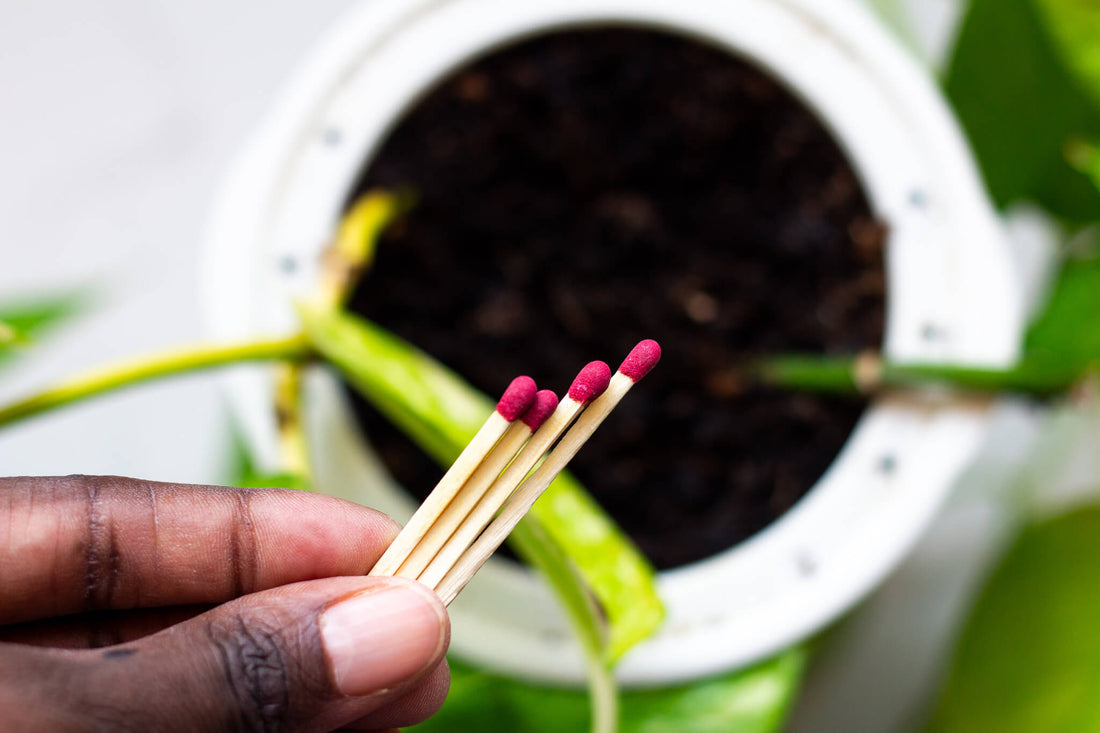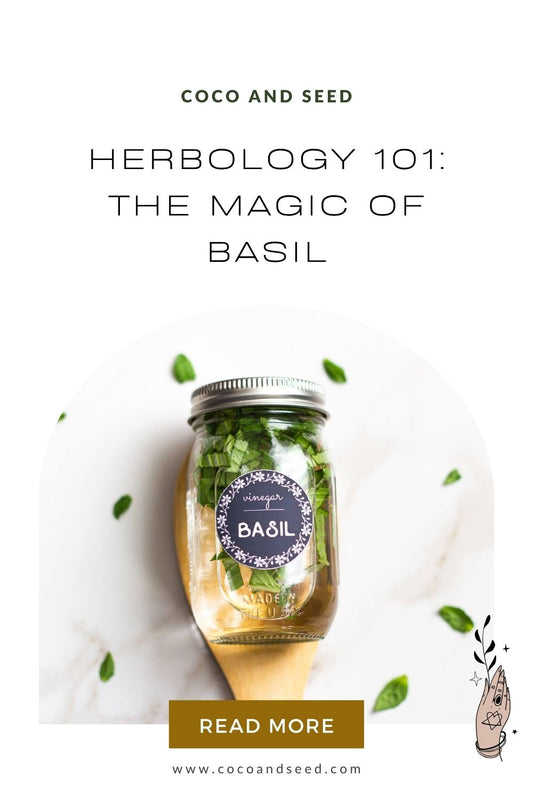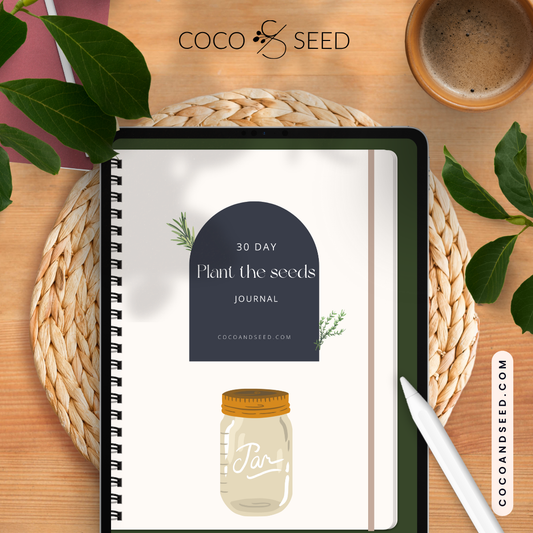
Matches For Your Garden
Share
Updated 9.17.23
 Matches! A secret indoor garden staple. Using matches in your garden can not only deter pests like gnats (the worst!) but also to add fertilizer to your garden.
Matches! A secret indoor garden staple. Using matches in your garden can not only deter pests like gnats (the worst!) but also to add fertilizer to your garden.
Is this safe? Yes, these techniques have been used for generations! I personally first tested it out on household plants before using it in my edible garden. Sorry to my pothos plants for always being the guinea pigs. If you need convincing try it out on your houseplants before venturing out to your edible plants.
So what do match stick heads contain? The main ingredient is phosphorous sulfide which essentially boils down to just phosphorous and sulfur. If you’re a plant nerd you know NPK are the macro nutrients that plants need and the P in that stands for phosphorous.
These “strike anywhere matches” also contain phosphorous sesquisulfide which is essentially the same thing, but with red phosphorous and sulfur.
The other main ingredient in these matches is potassium chlorite. The K in NPK is potassium! See how these matches work in your garden? Potassium chlorite is composed of potassium, chlorine and oxygen. All together these combine to help your flowering plants fruit.
The best part of using these matches is that they get rid of those annoying gnats by integrating more sulfur into the growing medium which they hate. And ultimately we all love.
Have you tried this technique before?

——
How to use it:
In hydrated soil/coconut coir take 5-10 matches, depending on how big your container is, and place the match heads down in to the top layer of the soil, steering clear of direct contact with the roots.
Wait an hour, or until the match tips have fully absorbed into the growing medium, and dispose of the match sticks however you normally would!
It’s that easy! Watch your plant flourish and gnats disappear. Repeat as necessary.
--
One thing that I haven't noticed is when adding matches to your garden your fruiting plants may respond to ripening quicker. I have tried this with tomatoes and peppers and they seem to ripen and turn red a little quicker, especially when growing indoors. You can insert them directly in the coconut coir when using in the EcoPlanter refills or in the coconut coir grow pod in the hydroponic mason jar garden kits.



